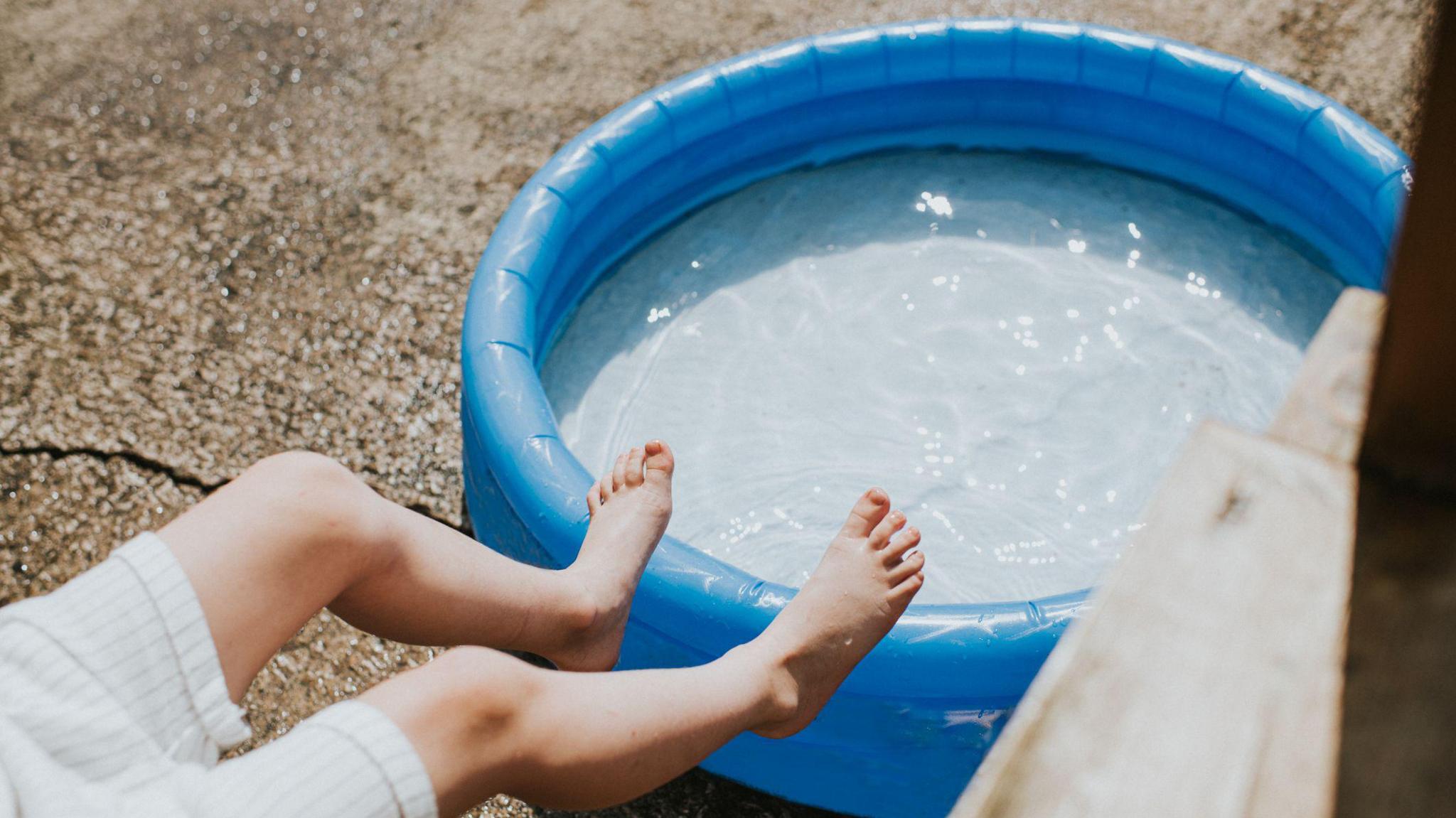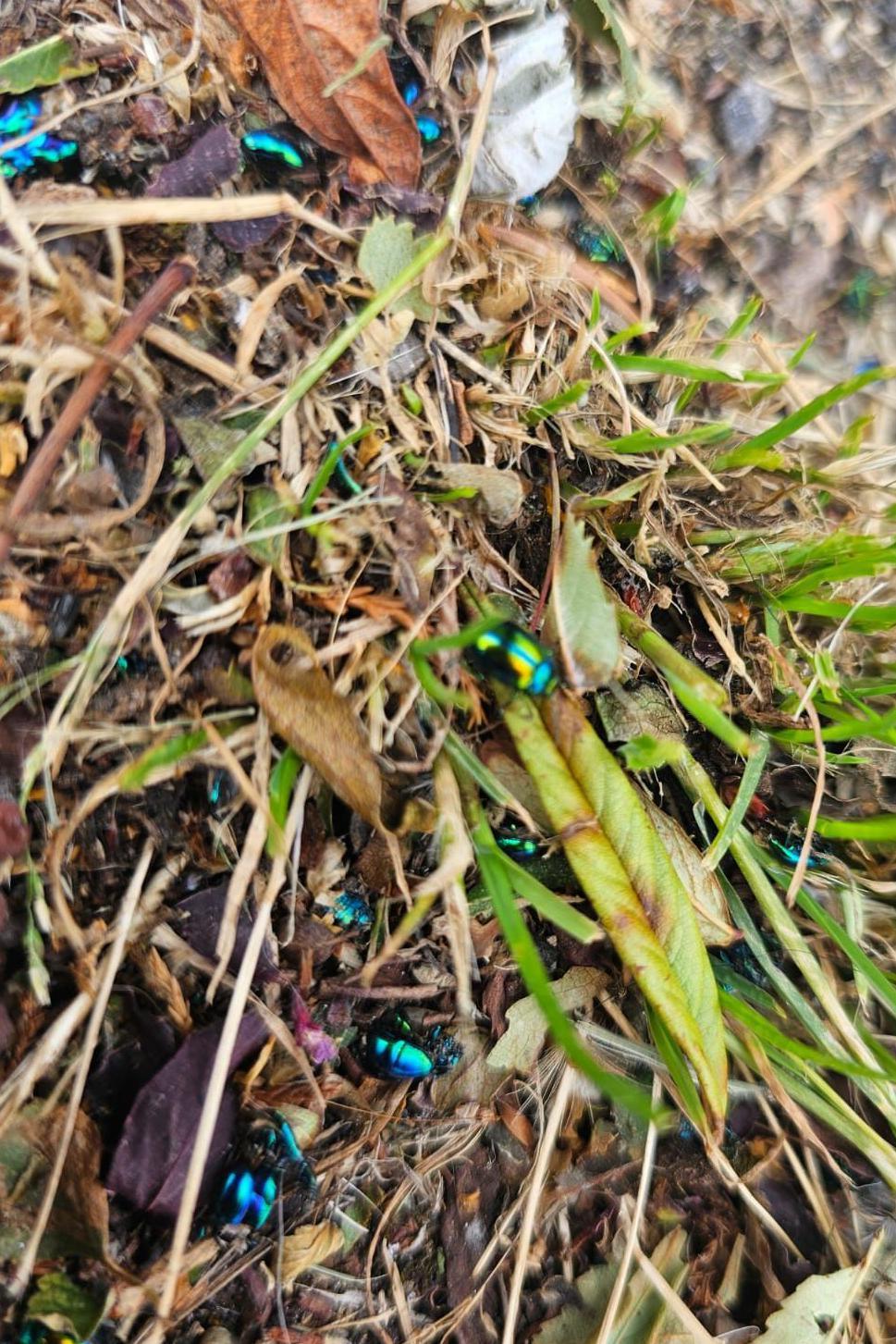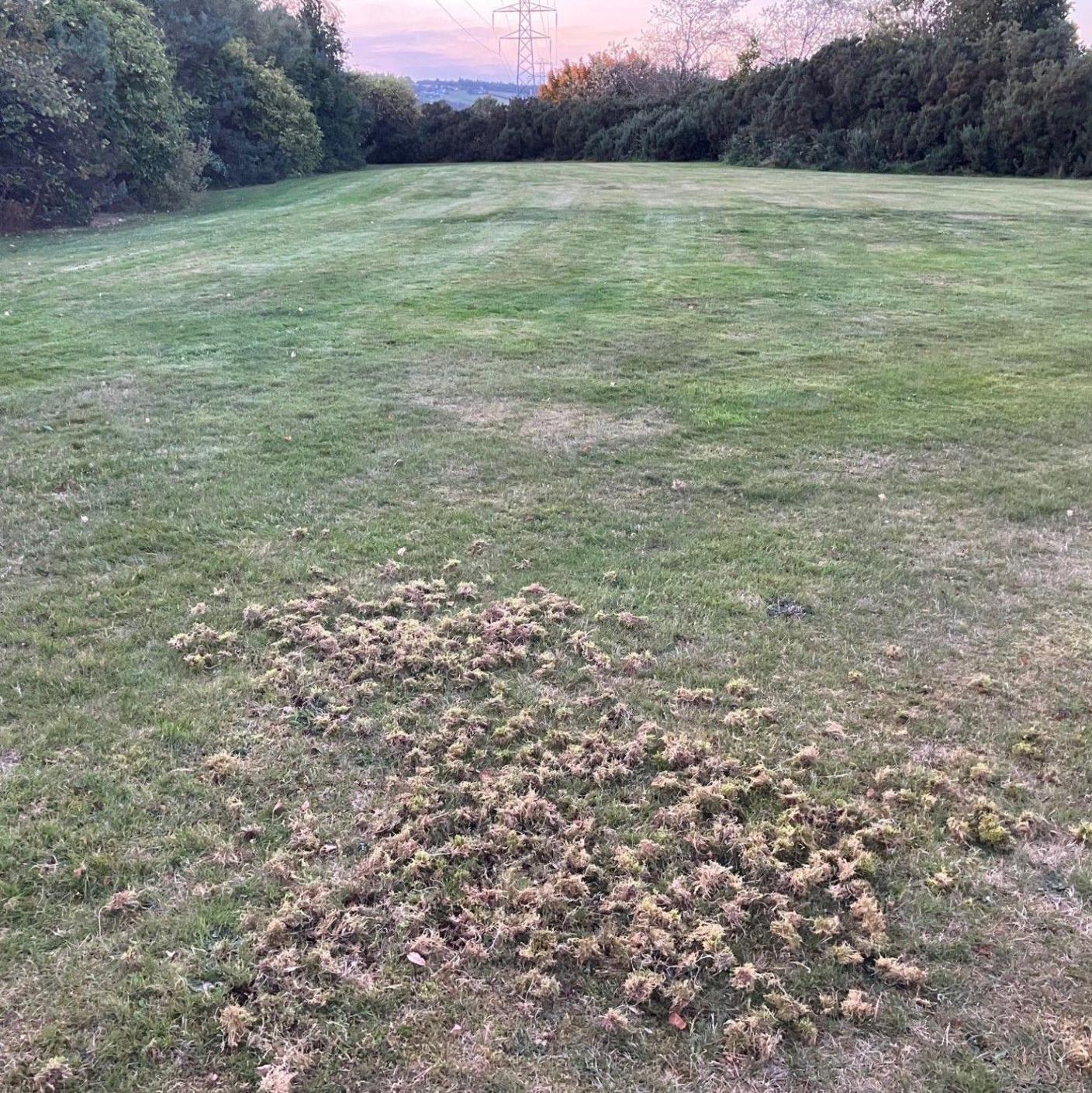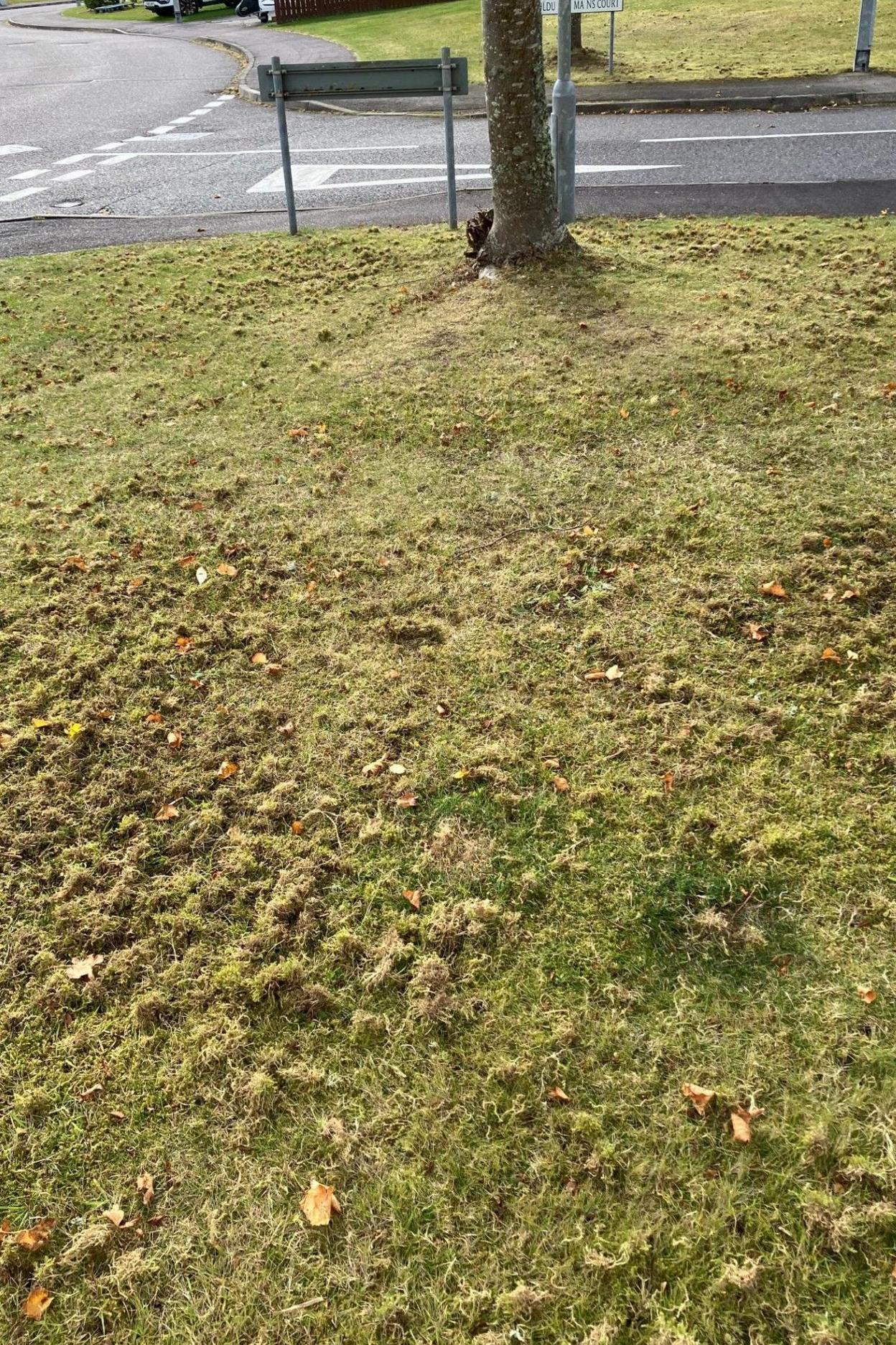Bird-plucked green spaces could be due to warm year
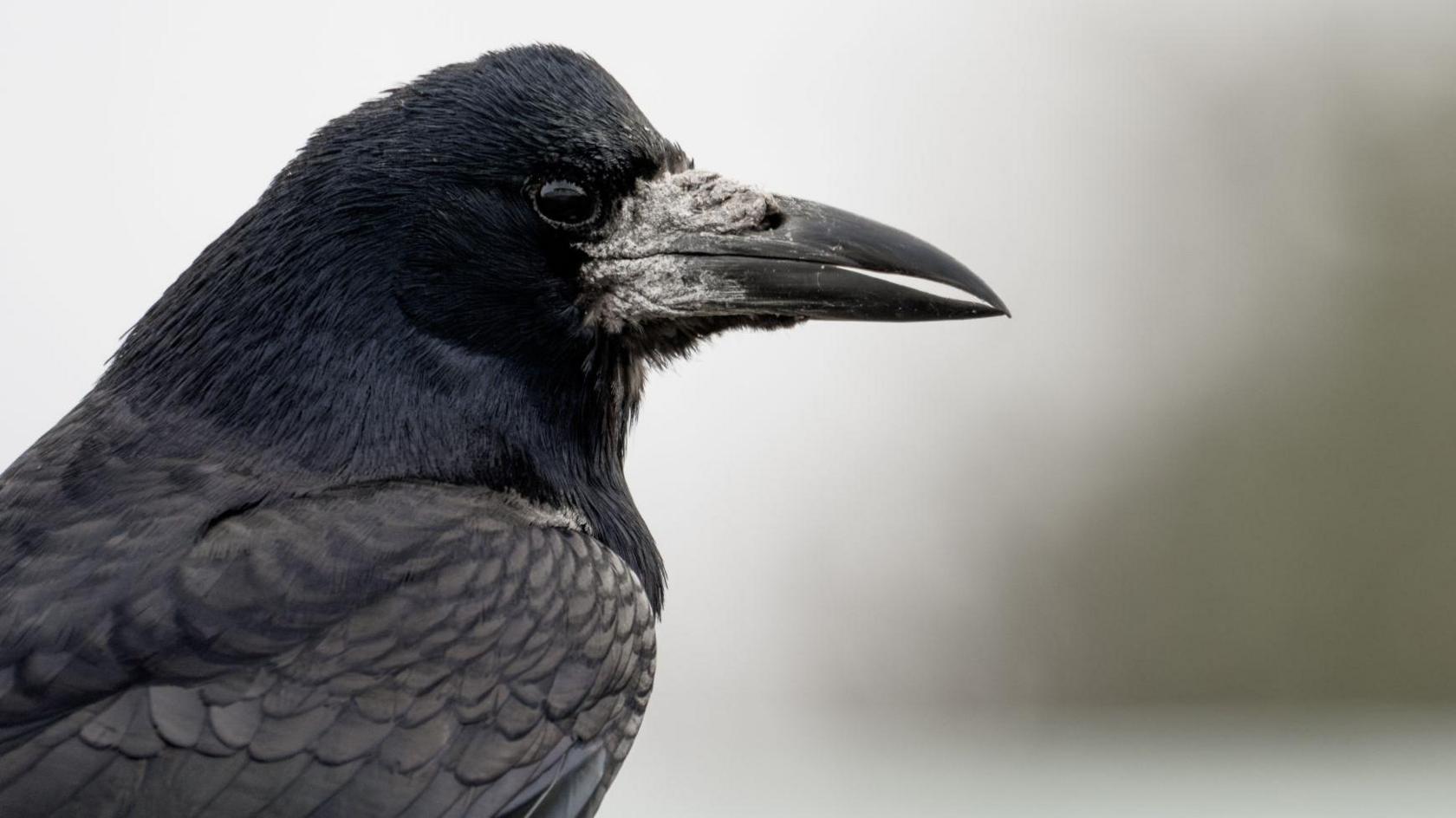
Rooks are among birds that forage gardens for grubs
- Published
Experts suggest this year's warm weather could be why birds have been digging up gardens and other green spaces in Inverness.
The feeding behaviour, which leaves fluffy tufts of uprooted moss scattered across lawns, has been noticeable in parts of the city over late summer into autumn.
Conservationists said birds, including rooks, were known to forage for grubs that live in beneath soil.
They said some insect species appeared to have benefited from this year's warm spring and summer, and this could be why birds have been attracted to the city's grassy areas.
British Trust for Ornithology (BTO) said the birds could be foraging for chafer beetle grubs.
RSPB Scotland added: "Corvids (crows and rooks) are extremely adaptable in terms of prey and will quickly capitalise if they discover a new source of food.
"It could be to do with the warm spring resulting in a good year for certain insect species."
Buglife Scotland said: "There does appear to be a good number of some beetles and other insects this year.
"The crows and rooks will be feasting on the grubs of chafers but also leather jackets - cranefly larvae - and other bugs that they find when rooting through the moss and turf."
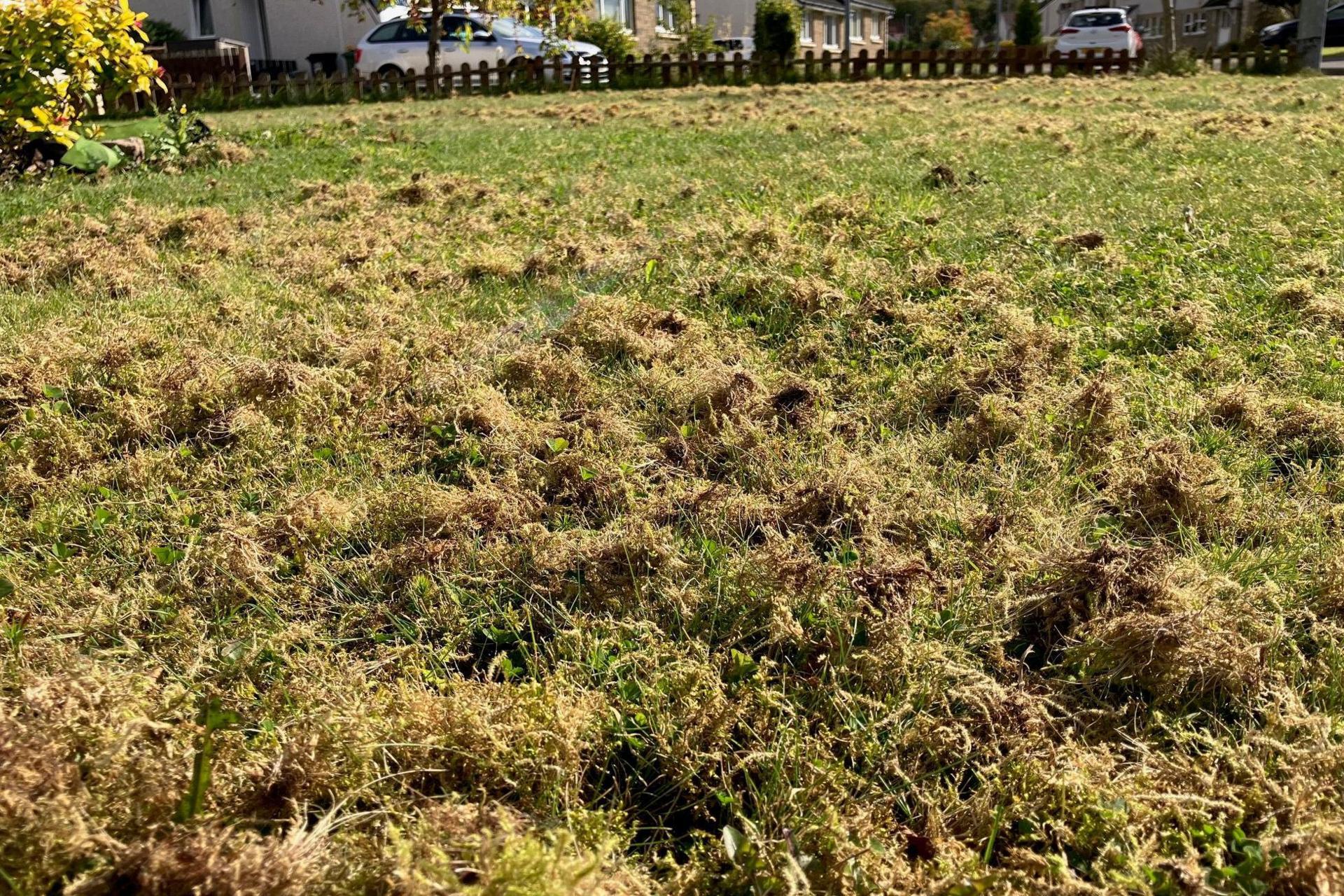
Pulled up tufts of moss in a garden in Inverness
Lewis Normand, president Royal Caledonian Horticultural Society, said moss was softer and less attached to soil than grasses, so more readily lifted and separated from the ground.
He said while it might look like the birds were making a mess, they were doing gardeners a favour.
"My position is that unless you are cultivating a moss garden, the work these birds are undertaking is only really helping anyone who wants to maintain a manicured lawn by removing moss," he said.
Mr Normand said nature had a place in gardens.
He added: "I have jackdaws, rooks, crows and magpies pretty regularly visiting and they all contribute positively to the interest in the space."
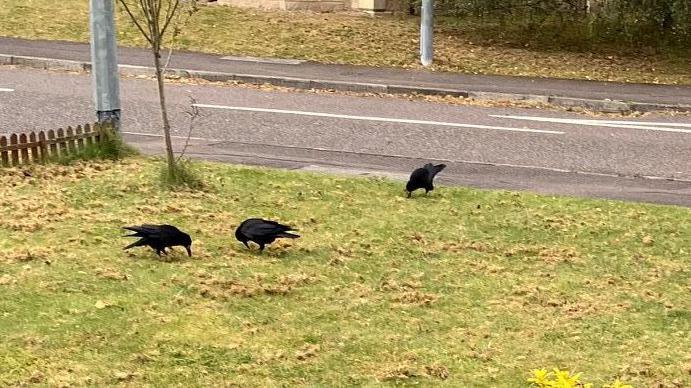
Image caption, Rooks digging in an Inverness garden last month.
1 of 4
Kaeli Swift, a behavioral ecologist specialising in crows and other corvids at the University of Washington, has noticed similar activity in the US.
She said: "While I can't say for sure, this looks an awful lot like the lawns back home in Washington State ever since the introduction of invasive European chafer beetle.
"Lawns that are already stressed or damaged, particularly from drought, are more prone to the grubs."
She added: "I hope this isn't a climate change-induced new normal for your area."
- Published1 September
